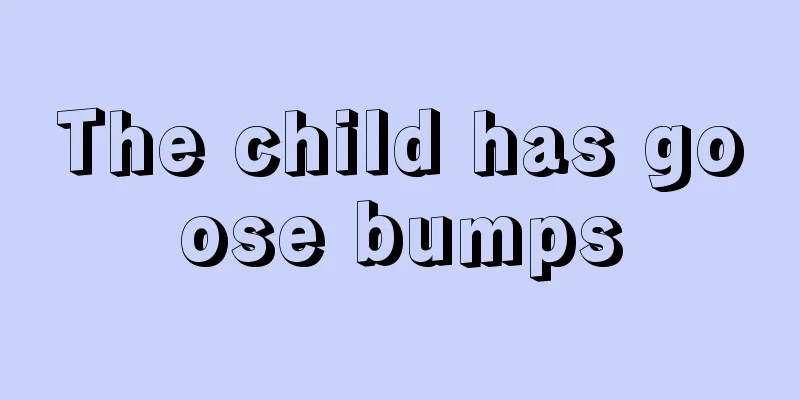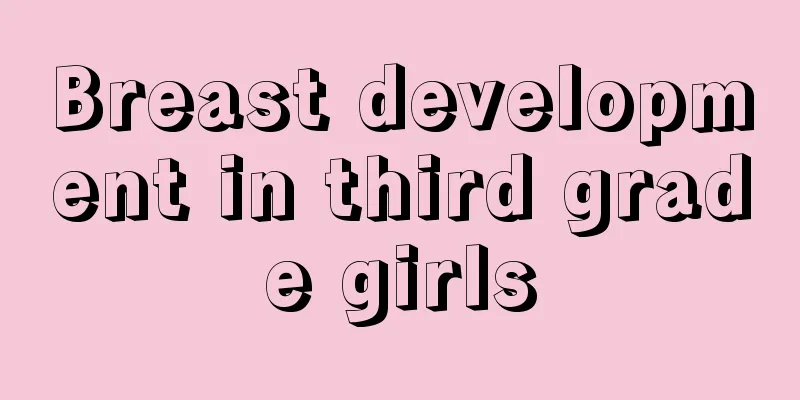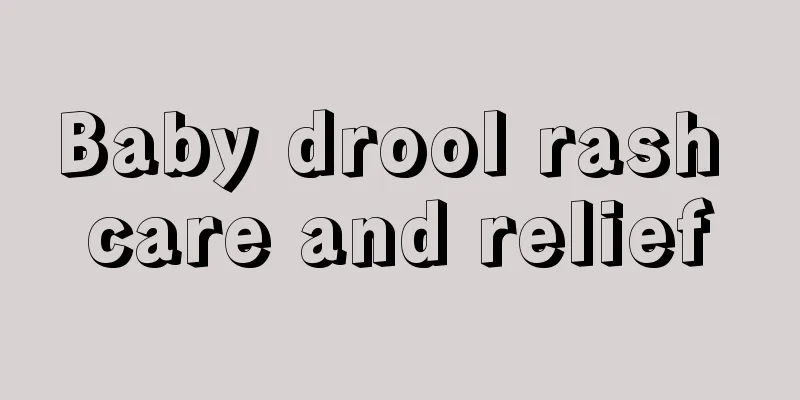The child has goose bumps

|
Many parents will find that their children have goose bumps. Many people are very familiar with goose bumps, but most people think that goose bumps are caused by cold or some kind of stimulation to the skin. In fact, goose bumps on children may indeed be caused by cold, but in addition to this, there may be other reasons. So what are the possible reasons for goose bumps on children?
If your baby has goose bumps when he has a fever, it means he is feeling cold. At this time, you can let your child drink more water and take cold or anti-inflammatory medicines in time. 1. Wear less clothes to allow your child to dissipate heat. The traditional idea is that when a child has a fever, he or she should be wrapped tightly with clothes and quilts to "force" the sweat out. In fact, this is wrong. When children have a fever, they will shiver and parents may think that their children have chills, but in fact, this is because their increased body temperature causes convulsions. 2. Help children cool down physically. There are the following common methods: Cold wet compress on the head: Soak a soft towel in 20℃-30℃ cold water, squeeze it slightly to prevent dripping, fold it and place it on the forehead, change it every 3-5 minutes. Head ice pillow: fill the ice bag half full with small ice cubes and a small amount of water, expel the air from the bag, press the bag tightly, and place it on the pillow after there is no water leakage. Wipe with warm water or take a warm bath: Wipe the child's head, armpits, limbs with a warm, wet towel or take a warm bath, scrub the skin more often to promote heat dissipation. Alcohol rub bath: suitable for cooling down high fever. Prepare 200-300 ml of 20%-35% alcohol and use it to rub the limbs and back.
2. Allergic dermatitis The child has a lot of small bumps on his body, which may indeed be goose bumps, which are natural changes in the skin caused by the body being exposed to cold. If they are not goose bumps, they may be symptoms of allergic dermatitis. Suggestions: You'd better observe for a day or two. If it goes away on its own, don't worry. If it doesn't go away, it's best to go to a dermatologist to check if it's caused by skin allergies. If so, you can take some cetirizine hydrochloride tablets and apply some diphenhydramine cream externally to treat it.
If a baby has goose bumps, we generally think it may be a simple keratinization of the hair follicles, or a simple spasm of the arrector pili muscles caused by stimulation from cold air, resulting in goose bumps in the hair follicles. In this case, generally speaking, a specific analysis should be conducted based on the actual situation. |
<<: Can a newborn baby wash his face?
>>: What medicine should children take for clear runny nose
Recommend
How long does it take for a child's keratitis to heal?
Keratitis is a common clinical problem that has a...
How to treat baby's inguinal hernia
Inguinal hernia in babies is a common pediatric d...
How to prevent and treat acute suppurative tonsillitis in children
Acute suppurative tonsillitis in children is a ve...
What does the baby's birth height have to do with?
Many parents are particularly worried about their...
Baby food recipes for five months
We should pay special attention to the baby's...
What to do if a child has hunchback?
Generally speaking, children's hunchbacks are...
Child's thumb is inward
We will find that many children have their thumbs...
Can babies eat ginseng?
Ginseng is a well-known health-care herb that is ...
What causes yellow teeth in children?
Once a child has health problems during the growt...
What to do if children have low hemoglobin
When many people go to the hospital to check thei...
Treatment of anemia in children
Recently, many children have suffered from anemia...
My daughter has small pimples on her hands
Many parents will find that their daughters have ...
How to care for a baby girl's private parts
Many parents think that caring for the baby's...
What to do if your three-month-old baby cries
Babies at different ages may cry for different re...
What are the types of conjunctivitis in children?
The incidence of conjunctivitis in children is re...









